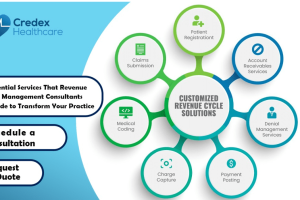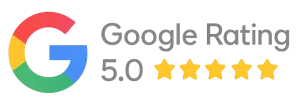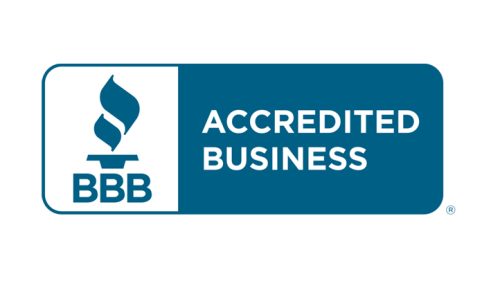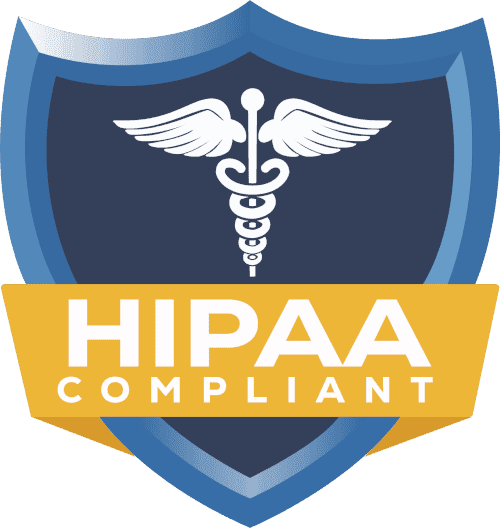How Much Does Insurance Credentialing Cost for Home Health Agencies

Credentialing is a back-office operation that makes or breaks your home health agency in terms of receiving payment, sustaining and expanding, and adhering to the regulations. It may seem like a long and complicated process, but when you realize the pitfalls of the costs and key drivers, it becomes more doable.
This guide dissects the normal expenditure, key influencers on pricing, the fallacies that can drive up costs, and clever ways of saving funds without compromising.
This blog targets any person who works in home health, especially those in the field of billing or compliance.
Understanding the Role of Credentialing in Home Health
Credentialing and its implications for home health care agencies
Credentialing refers to a process through which the payers will ensure that the provider is qualified. It consists of background investigations, license checks, education, employment records, malpractice insurance, and other credentials. In-home health also ensures that your agency and clinicians are prepared to meet payer requirements of in-home services.
The significance of insurance involvement to development
Insurance panel assignments will ensure that there is a constant flow of referrals and payments. In the absence of credentialing, you can only deal with the private-pay clients. This puts a big constraint on your market and retards organizational development.
Overview of payers (Medicare, Medicaid, private insurance)
The main payers to home health agencies are the Medicare (federal), Medicaid (program of states), and commercial insurance. Everyone possesses forms and documentation requirements, and schedules. The process of enrolling or certifying Medicare is generally more complicated than the enrollment of most private payers, whereas the regulations and expenses of Medicaid differ from state to state.
What Is the Average Cost of Insurance Credentialing for Home Health Agencies?
Common credentialing costs (ballpark ranges)
- Per-provider credentialing (commercial payers): $200-2000/provider.
- Medicare enrollment/certification: This usually costs a few hundred to several thousand dollars in proportion to the complexity of the agency and the use of consultants.
- Medicaid enrollment: The cost depends on the state of interest; the paperwork might be extremely cheap, yet certain conditions or other forms of requirements in a state can increase the expenditures.
- CAQH/profile maintenance: There are low costs involved on a direct basis, but high costs in terms of the amount of time staff spend in case of doing this in-house.
The agencies that have many clinicians, various specialties, or are operating in more than one state tend to be more expensive.
In-House vs. Outsourced Credentialing Cost Comparison
In-house: Reduced short-term cash expenditure in case the personnel can handle forms. Indirect costs may include the time and wasted productivity of the employees, training, and possible rework in case of application denials.
Outsourced: Introductory costs, also known as outsourced, per package or vendor pricing. The outsourced providers are also knowledgeable and effective in reducing denials and submissions. In the case of the majority of agencies, outsourcing lowers the total cost of ownership as the credentialing becomes faster and with fewer errors.
State and Payer Variations Affecting Pricing
Credentialing is an expensive endeavor because of state regulations (particularly Medicaid) and payer-specific requirements. Application fees, along with some states demanding extra documentation of the home health agencies at an added cost in terms of time and consultant charges, are some commercial payers that increase the process time and expenses.
Factors That Influence Home Health Credentialing Costs
- Type of payer (government vs. commercial): Government insurances, such as Medicare, entail more paperwork and records. Application fees may be charged by commercial payers and take shorter periods.
- Resistance to inaccurate data: Inconsistencies in the information, e.g., the absence of licenses, false NPI numbers, or wrong dates, should be resubmitted, adding time and expense. Correct initial data acquisition is cost-saving.
- Maintenance expenses: CAQH ProView is open source; however, maintaining profiles consumes personnel. Credentialing software subscriptions are also time-saving because they store files, deadlines, and reminders that are automated.
- Turnaround time and expedited processing: When larger rush fee amounts to expedite processing, it makes it more expensive.
- Multi-state or multi-payer complexity: The multi-state or multi-payer is associated with the multi-state and multi-finish administrative and documentation expenses.
How to Reduce Credentialing Costs Without Cutting Corners
Select a specialist in home health
Established partners accelerate and minimize the rework, which is expensive. They offer clear prices and plans as well.
Digital tools and CAQH automation
Maintain CAQH profiles, and notify you with credentialing software of expiration dates or the absence of documents. Automation saves on manpower.
Centralize and standardize paperwork
Archive master file of licenses, insurances, resumes, W-2s, NPI information, and malpractice information. Centralized records help in saving time and reducing any mistakes.
Educate the employees to fill in the correct applications
Short sessions eliminate errors that are common, such as mismatches in names, incorrect dates, and missing signatures. Applications that are properly done lead to reduced refusals.
Offer package services when inapplicable
The vendors provide multi-provider or multi-payer packs, which save on the price per provider and simplify billing.
Common Mistakes That Lead to Extra Costs
- Lack of documentation: IDs, licenses, and insurance certificates should be complete.
- Late reimbursement: Failure to follow up results in files pending. Lateness is also common due to staff not keeping track when there is an application.
- Incorrect NPI/taxonomy codes: One of the wrong codes may lead to a denial.
- Poor registration: Expired licenses or lost immunization certificates result in rejection/suspended registration. Maintain organized records
Why Partnering with Credex Healthcare Makes Financial Sense
Emerging outcome credentialing to home health organizations
Credex Healthcare is a firm that deals with the credentialing of home health providers. They provide accurate and full provider files at the beginning, which accelerates payer approvals and denials.
Open pricing and process-oriented legality
There are also pricing alternatives per-provider, per-payer, or bundled services. Costs are also transparent in the first place, and there are no surprises about resubmission fees.
Proven client success
- By moving on to a bundled Credex plan, the independent Midwest agency had reduced turnaround time by six weeks, boosting billing and cash flow.
- Increased rejection of Medicaid filing was reduced by a multi-site agency by standardizing the files of staff utilizing Credex, resulting in a reduction in processing time, almost by half.
These are anonymized examples to ensure the privacy of the client and are given to represent the common results of the agencies using the professional credentialing services.
FAQs
1. What is the price of credentialing a home health provider with major insurers?
The cost of credentialing with large commercial insurance usually ranges from $ 200 to $ 2000 per provider. The expenses vary according to the payer’s requirements, the number of payers, or outsourcing. Enrollment in Medicare and Medicaid may be an added burden in terms of time and cost.
2. How long is the insurance for home health agency credentialing?
The length of time required in commercial payer credentialing is typically 30-90 days. In case the surveys or state backlogs take place, Medicare or Medicaid enrollment may take 60180 days or more. Knowledgeable credentialing partners have the ability to reduce timelines.
3. Is there a difference in the costs of Medicare and Medicaid enrollments?
Yes. The Medicare enrollment tends to be document-intensive and could be costly because of consultant charges. Prices of Medicaid also differ by state, and sometimes other state labor or licensure is necessary.
4. Is it economically feasible to conduct credentialing in-house?
Yes, but consider total costs. Credentialing in-house is cost-effective due to the absence of vendor fees, but it consumes employee time and may be costly in case of mistakes. In-house can work in small volumes, whereas in larger agencies, outsourcing can be more effective.
5. Does Credex Healthcare provide bundled services in credentialing?
Yes. Credex provides a single-price package to several clinicians or many payers, which lowers the prices per provider and simplifies the administration process.
Final Thoughts
It is necessary to credential budgeting. Adequate credentialing will stimulate growth, timely payments, and the optimum number of referrals.
Take the initiative: centralize documents, automate, and collaborate with the well-informed home health credentialing specialists when the bandwidth is low inside the organization. Credentialing does not have to be intimidating. Credex Healthcare is able to offer a free audit of your files and timeline estimates, and bundled pricing



















